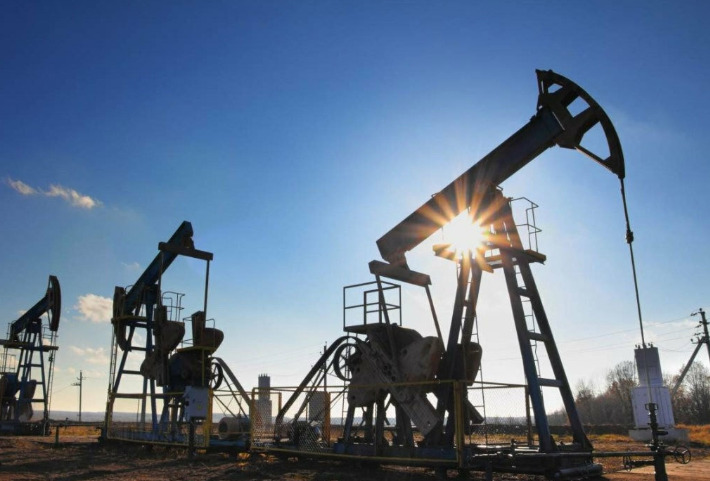Extending the previous session’s gains, oil prices increased by more than 3 percent on Thursday, aided by a weaker dollar and the International Energy Agency’s (IEA) revision of its oil demand forecast for the following year. Oil costs are poised to increase for the first time in two months.
Brent futures peaked at $76.90 per barrel at 11:30 a.m. EST (1630 GMT), up $2.64, or 3.6%. Crude oil in the United States exhibited a 3.6% increase, or $2.53, to $72.00. The market reversed its Wednesday decline to a level not seen in nearly six months.
Read more: The SBP Maintains Its Interest Rate At 22 Percent.
The IEA predicts that global oil consumption will increase by 1.1 million barrels per day (bpd) in 2024, an increase of 130,000 bpd from its previous estimate. The organization cites a more optimistic outlook for the United States and decreased oil prices for this change. The forecast for 2024 is below 50% of the projection made by the Organisation of the Petroleum Exporting Countries (OPEC).
Prices were also increased by a decline in the dollar after the US central bank’s announcement on Wednesday of reduced borrowing expenses for 2024. On Thursday, the dollar reached a four-month low following the US Federal Reserve’s most recent economic projections, which suggested that the interest rate hike cycle would likely end in 2024 and that borrowing costs would decrease. “The sentiment towards oil has undergone a significant shift.”
“One of the primary catalysts for removing market volatility was the Federal Reserve,” said Price Futures Group analyst Phil Flynn. A decline in interest rates results in decreased consumer financing expenses, potentially stimulating economic expansion and oil demand.
When the currency weakens, the price of oil for international buyers decreases. On the contrary, the European Central Bank countered expectations of impending interest rate reductions on Thursday by reiterating that borrowing expenses would persist at all-time highs, notwithstanding diminished inflation expectations.
Anxious oil investors will enter 2024 apprehensive about oversupply and sluggish economic expansion, while percolating tensions in the Middle East may ignite price volatility. This year, the benchmark Brent has averaged around $80 per barrel. According to 30 economists and analyst forecasts surveyed by Reuters, Brent crude will average $84.43 per barrel in 2024.

